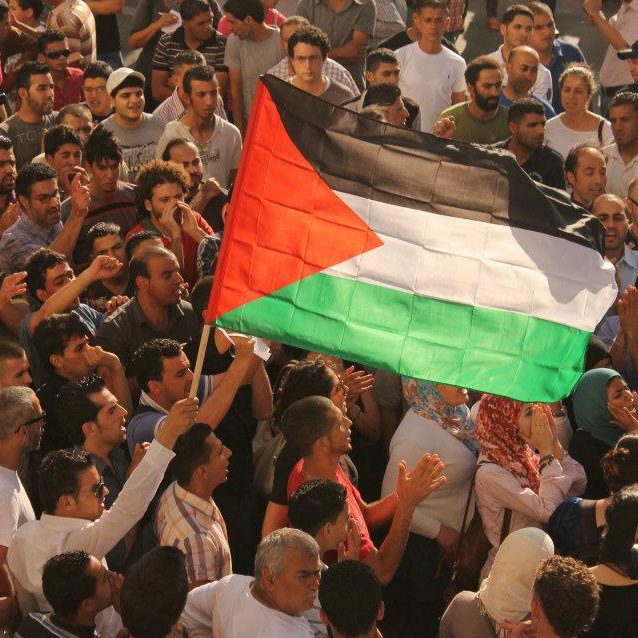
Region: Middle East
Language: Arabic (French translation)
Year: 2016
Source: Contribution for manual
Author(s): Firas Jaber, Iyad Riyahi, Eileen Kuttab
Summary: The story of the youth movement in Palestine from 2011 to 2013; the Arab Spring, as well as many dynamics in the Palestinian political landscape, are in the background. The youth movement arises in a political vacuum where the old political structures/parties are very archaic in their structure and priorities, and there is no other form of organised struggle (women, students, workers...). The youth movement declines quite rapidly, yet it represents an historic achievement in terms of a popular voice (street action) that arises independent of the traditional, stagnating and archaic forms of bureaucratic political representation. Limitations causing its rapid decline (expressed by the youth): lack of a clear vision, scattered groups without unifying direction/strategy/place, lack of representativeness in the country side (including the areas where the national resistance is widespread; everything happens in the cities, mainly Ramallah), lack of coordination, challenge of integrating more people in the demonstrations.
For more information on this experience, please write to Firas Jaber at [email protected].
Key practices: structure and organisation; advocacy, campaigns, communication; networking, alliances and cooperation
Read the full report here (French)

